MedTech News
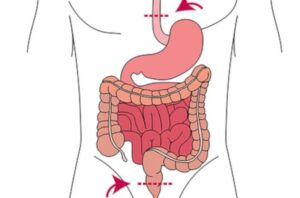
New sensor technology can detect life-threatening complications after intestinal surgery at an earlier stage
An interdisciplinary research team from Dresden University of Technology (TUD), Rostock University Medical Center (UMR) and Dresden University Hospital has developed an innovative, implantable and fully absorbable sensor film.

CAR-T therapy yields long-term survival for patients with lymphoma
A study published in the Journal of Clinical Oncology confirms that one of the first Food and Drug Administration-approved CAR-T cell therapies offers long-term survival and potential cures for adult patients with relapsed or refractory large B-cell lymphoma, even years after treatment.
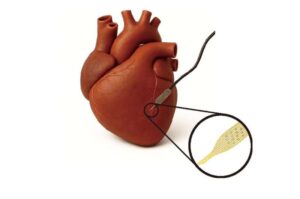
Soft ‘cyborg’ cardiac patches could improve stem cell heart repair
Heart muscle cells grown from patient stem cells—known as human induced pluripotent stem cell–derived cardiomyocytes, or hiPSC-CMs—are a promising way to repair hearts damaged by heart attacks and heart failure.
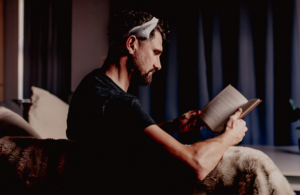
Neurovalens wins FDA nod for weight management neurostim device
Neurovalens announced that it received FDA de novo approval for Modius Lean, its non-invasive neurotechnology for weight management.

FDA clears Flow Neuroscience’s at-home depression treatment in US first
Flow Neuroscience’s at-home depression treatment device has become the first of its kind to be approved by the FDA.

FDA greenlights Lumos Labs’ digital ADHD therapeutic
Lumos Labs’ LumosityRx is positioned for use alongside other ADHD treatment modalities such as medication and therapy.
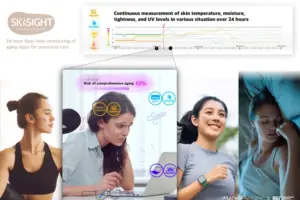
SkinSight™ AI by ModuleMD: Smarter Skin Analysis, Faster Clinical Decisions
GRAND BLANC, Mich., Dec. 10, 2025 /PRNewswire/ — ModuleMD, ranked as one of America’s fastest-growing companies on the Inc. 5000 and top-rated EHR vendor on G2, announces SkinSight™ AI, a solution that brings automation, accuracy, and consistency to one of the most manual and variable workflows in allergy care: skin test measurement and documentation.
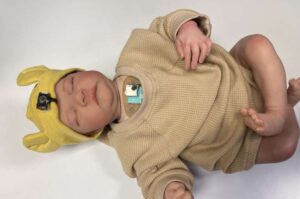
Wearable system advances neonatal health monitoring in Ethiopia
A new, soft, all-in-one, wearable system has been designed for continuous wireless monitoring of neonatal health in low-resource settings.
